

g_translate日本語Japanese
RRR-D
RRR-D
GRS Structure to Prevent
Water-Front Disasters
RRR-D technology allows the construction of GRS river and coastal dykes that prevent and mitigate disasters by floods, storms and tsunamis. The lightly steel-reinforced concrete facing is firmly connected to geogrid layers reinforcing the backfill to ensure a high stability against strong earthquakes and strong over-flows.
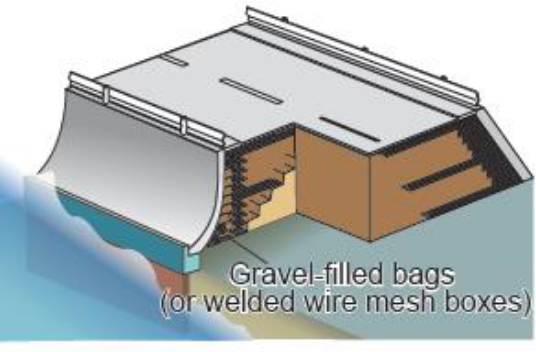
Collapse mechanism of conventional type costal dyke by tsunami
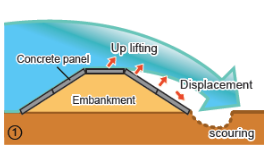
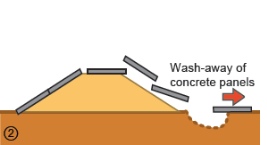
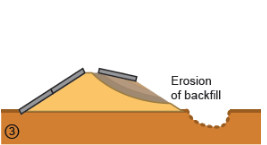
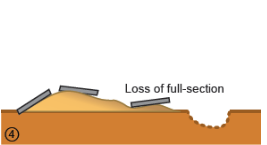
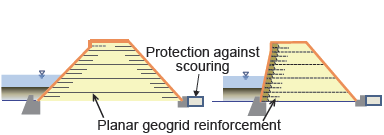
Construction of geogrid-reinforced embankment: when necessary, nearly vertical walls can be constructed by taking advantages of RRR-B construction method.
arrow_forward_ios
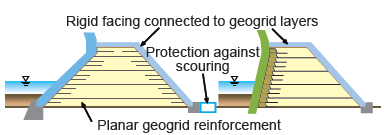
Rigid facing is constructed firmly connected to geogrid layers, Filter layers are installed on the back of facing to prevent erosion of the backfill by seepage forces and sucking out of the backfill by over-flowing current.
The collapse by floods and tsumanis is effectively prevented by:
1) stabilizing the facing against wave forces and shear and uplift forces by over-flowing
current in addition to slope deformation by scouring in the supporting ground; and
2) increasing the resistance of backfill against erosion by geogrid-reinforcing.
1) stabilizing the facing against wave forces and shear and uplift forces by over-flowing
current in addition to slope deformation by scouring in the supporting ground; and
2) increasing the resistance of backfill against erosion by geogrid-reinforcing.
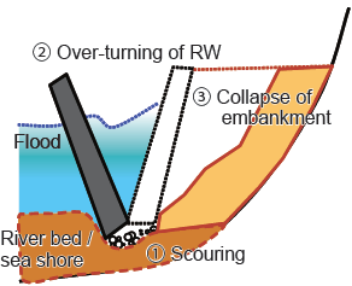
Collapse of conventional type RW by scouring
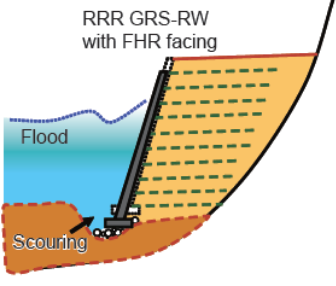
Increased resistance and high redundancy of RRR GRS-RW with FHR facing against scouring
Typical examples
Reconstruction of railway embankment near Tazawa tunnel, Iiyama Line, JR-East

Reconstruction of railway embankment collapsed by tsunami near Shimanokoshi Station,
Sanriku Railway Kitariasu Line


Reconstruction of railway embankment, 2013